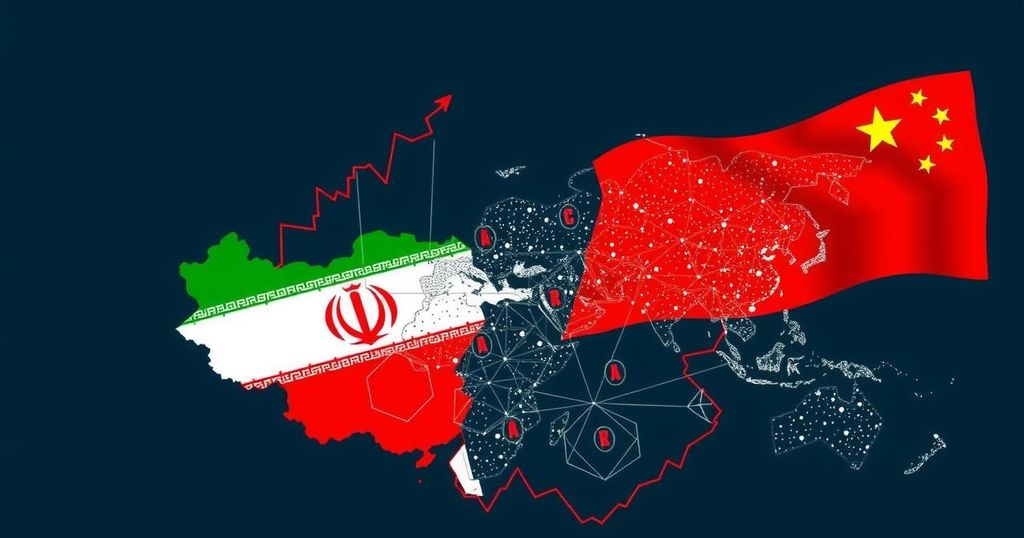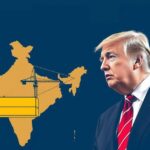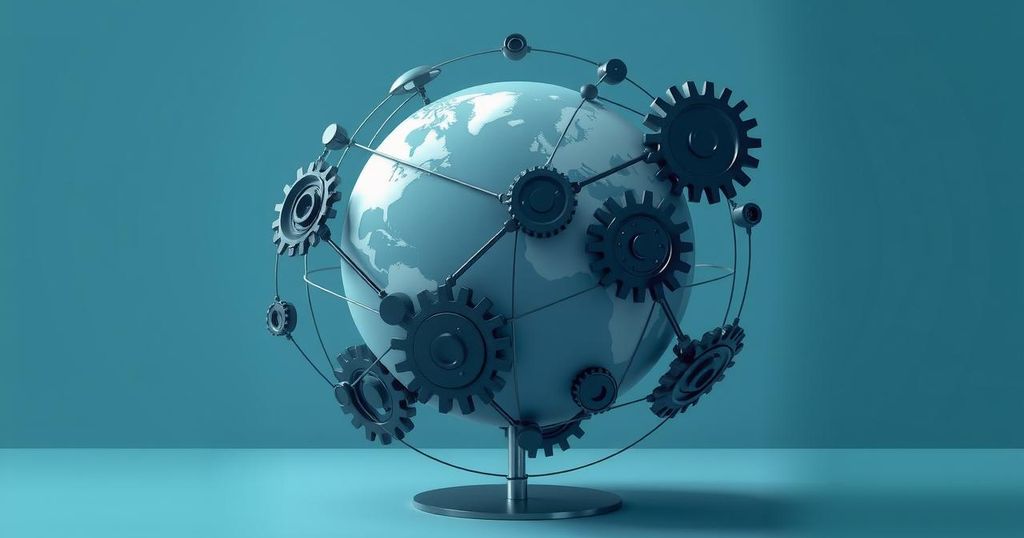Iran’s Economic Challenges: A Deepening Dependency on China and Structural Inefficiencies
Iran’s economy now relies heavily on China, with 92% of oil exports sent there at steep discounts. This dependence comes with stringent terms that damage Iran’s foreign exchange earnings and economic resilience. An ineffective budgetary and planning process further hampers growth, leading to increased debt and inflation. Without reforms, Iran faces stagnation and public unrest.
Iran’s economy is exhibiting an unprecedented level of dependency on China, with the Asian nation now receiving 92% of Iran’s oil exports. This growing reliance imposes significant economic drawbacks, as exports are sold at steep discounts, often exceeding 30%, alongside stringent Chinese stipulations. Not only does this arrangement diminish Iran’s foreign exchange earnings, but it also exacerbates the nation’s vulnerability to market fluctuations.
Historically, Iran maintained a more diversified oil export strategy, serving multiple countries with volumes exceeding two million barrels daily. However, due to decades of sanctions and geopolitical pressures, Iran has shifted to rely almost exclusively on China. This situation results in unfavorable agreements where goods, such as electric buses, are traded in lieu of oil debts, reminiscent of colonial-era dependencies that strip nations of economic autonomy.
The absence of a cohesive economic framework further complicates Iran’s predicament. Economists, including Hojatollah Mirzaei and Davoud Suri, critique the government’s lack of foresight in budgetary processes. Rather than establishing a clear long-term economic vision, Iran’s budgetary practices tend to be reactionary, focused on increasing expenditures without addressing the root causes of economic stagnation.
Further demonstrating the gravity of these issues is the proposed 2025 budget, which indicates an alarming increase in government-issued debt, climbing from 255 trillion tomans to a staggering 1,380 trillion tomans. Critics assert that such measures suffocate private sector investment and stymie development projects by perpetuating significant structural problems, with inflation projected to soar in the coming year due to increased currency exchange rates and reduced funds for development.
Currently, the Iranian government allocates a staggering 96% of its budget to current expenditures, with 70% designated for personnel costs, leaving minimal resources for developmental initiatives. As a consequence, a staggering number of projects—over 90,000—remain abandoned without hope of completion.
Moreover, the planned tax increases within the 2025 budget have drawn ire for their lack of transparency in government spending. Increased taxation, devoid of demonstrable accountability, undermines public trust, further impeding potential economic reforms. Although the government has proposed salary increases for employees and retirees, these raises are grossly inadequate compared to the inflation rate, which officially stands at 35% and is expected to persist above 30% in the coming year.
In conclusion, Iran’s current economic outlook is troubling, characterized by an over-reliance on China, escalating debt, inflationary pressures, and a troubling lack of transparency. The country’s leadership must prioritize comprehensive reforms, strategic planning, and a commitment to mitigating structural inefficiencies that plague the economy to avoid further stagnation and public discontent.
Iran’s economy is strategically at a critical juncture, primarily due to the sustained sanctions imposed over many years. As other avenues for exporting oil have dwindled, China has emerged as the dominant market, absorbing a vast majority of Iranian exports. This shift marks a significant alteration in the historical trade landscape while unveiling vulnerabilities inherent in such a dependency. Additionally, issues surrounding governmental economic planning, transparency, and budgeting practices critically affect the populace’s economic wellbeing and national sovereignty.
Iran must grapple with significant structural challenges exacerbated by its reliance on China and ineffective fiscal practices. The lack of a cohesive economic strategy invites stagnation, elevates inflation, and fosters public dissatisfaction. Comprehensive reforms must be urgently implemented to cultivate a resilient economic framework capable of reducing dependency and enhancing national autonomy.
Original Source: irannewsupdate.com








Post Comment